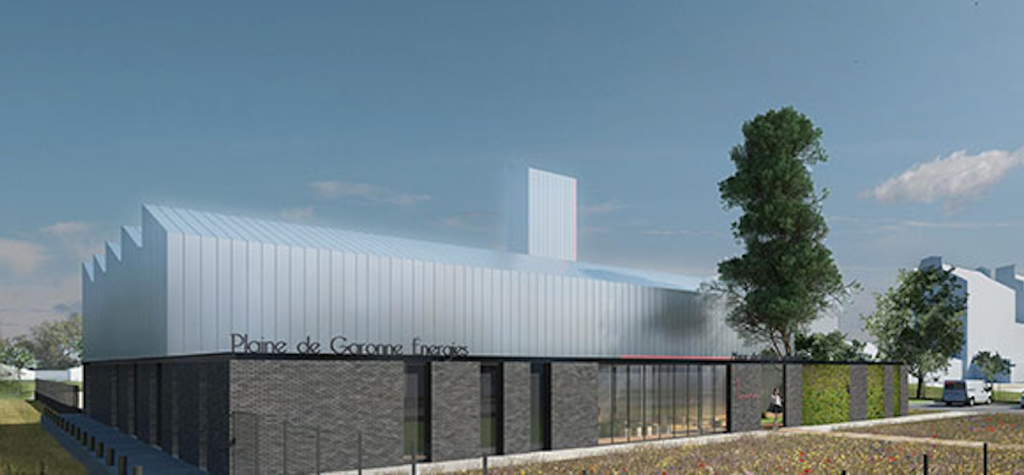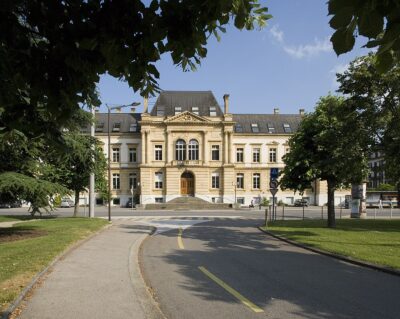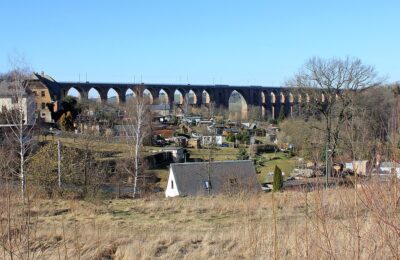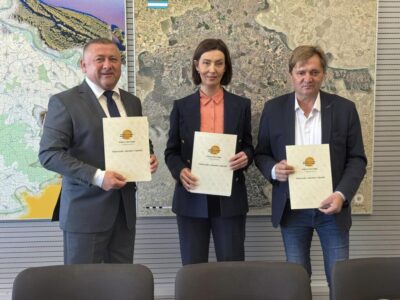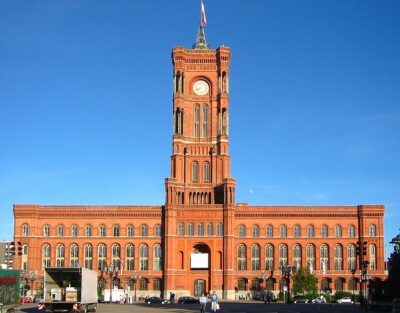Geothermal energy – a heating source for France utilising geoexchange, deep geothermal and heat recovery
In a recent article shared by France's Bureau of Geological and Mining Research (BRGM) describes how differently geothermal energy is being utilised in France for heating purposes, e.g. through geo-exchange system, deep geothermal heating in Paris and a planned project in Bordeaux, and through heat recovery of the subway/ metro in Rennes.
A recent article in L’Usine Nouvelle in France, written by the the French Bureau of Geological and Mining Research (BRGM) looks at geothermal energy for heating in France.
In comparison with solar energy and wind energy, geothermal energy has long been an underdog of renewable energies in France. Yet, its effectiveness does not need to be proven any longer. In the Paris region alone geothermal energy provides heating for up to 180,000 households.
This resource should be exploited more in the years to come. Indeed, during COP 21 in 2015, France committed to triple its heat production capacity and by a factor of six heating provided by geothermal energy by 2030.
However, if the exchange of heat from the ground by this means is a controlled technique, the production of electricity proves itself more complex. It requires the capture of water at 200 centigrades to power a turbine. This is only possible at depths of around 5,000 m, which only recent technological advances have achieved. “In 1995, wells could not go below 4,000 m, which was not enough,” says Sylvie Gentier, Director of the geothermal program in the energy transition department of the Bureau of Geological and Mining Research (BRGM).
Today, the experts are working on projects where drilling crosses the 5,000-meter mark, particularly in the region of Alsace in France.
As for heat recovery, the previous techniques were mainly reserved for new constructions. And for good reason. Horizontal and shallow geothermal energy (less than 1.50 m) in the immediate vicinity of a single-family home requires a floor area of ??at least the same size as the dwelling. “A constraint lifted thanks to vertical drilling with less square meter consumption, only 6 m deep. It is now possible to renovate small commercial or residential units of 500 m² and to install geothermal wells coupled to a heat pump, “says Aurélien Hénon, engineer responsible for the tools and systems team for the energy performance of water.
Last evolution, on the infrastructure side this time: the geothermal probe are now integrated into the foundations. Be careful though: these could be weakened if the piles are not thick enough, or the unsuitable concrete, warns Jacopo Zannin, engineer at the Polytechnic School of Lausanne (Switzerland). Still recent, this solution is available in various configurations, including the Rennes metro (see below). France has all the cards in hand to achieve the objective of COP 21.
Four Bordeaux neighborhoods fed by a Jurassic geological layer
Bordeaux Métropole is preparing to set up a new heat network from geothermal energy to supply the Rive droite plain. Entrusted to Storengy and Engie Cofely, this project, which will take place throughout the second half of 2019, will consist of two wells: one for capturing and the other for reinjection. They will drill to a depth of up to 1,700 meters in Jurassic aquifer, where, according to studies, the temperature is around 70 centigrades and the pumping rate could reach 300 cubic meters/h. The planned district heating network will be 25 km long, consisting of two main pipelines: the round trip.
The pipes will join heat exchange substations, which will then supply the buildings. “This network, with a capacity of 44 MW (thermal), will provide heat from 82% renewable energy and supply 28,000 homes, or 2 million sq. m,” says Christian Guillaume, head of production and distribution of Bordeaux Métropole. Other similar networks are already being investigated despite the uncertainties on this project. Christian Guillaume recognizes it: “As long as the drilling is not done, unpleasant surprises are possible. Flow may be less important or decrease over time because there is not enough water. The other risk is that the wells will clog if the water is too rich in minerals. In the event that the potential of this reservoir is not confirmed, a fallback solution has already been considered: the Cretaceous, shallower (900 m and approximately 45 centigrades approximately). A complement would then be brought to the project by a biomass boiler.
This Bordeaux Metropole project will provide heating for four neighborhoods.
The Rennes metro heats the buildings
Rennes Métropole has entrusted Egis with the project management of the Rennes subway line (infrastructure and buildings), with a major challenge: to use geothermal energy to heat and cool the 127 homes and the two new office areas that will emerge from earth along this new line.
Egis opted for the thermal geostructure, ie the insertion of polyethylene pipes into the walls in contact with the ground within the four stations concerned by the future surface works. “This is the first time that we have used heat pipes in the rafts and reinforcement of the diaphragm walls. If the tests carried out on piles of foundation were not always conclusive, we knew that here the thickness of the walls molded (between 80 cm and 1 m) and that of the rafters (80 cm on average) would support the variations of temperature without risk of loss of adhesion or structural deformations “, details Salah Ghozayel, director of works at Egis.
To optimize the thermal performance, the maximum of 3,600 sq.m of horizontal walls and 3,700 sq.m of rafts, molded walls and vertical piers was used. Connected to each other by a nurse, all heat transfer tubes – in which 5% brine circulates – end up under the platform, 25 meters deep. The heat transfer fluid, whose temperature will be only 3 centigrades during its injection, will emerge at 33 centigrades once this looped circuit.
It will then supply heat pumps, whose number and power are still under study. The infrastructure works are now completed. The delivery of the buildings is planned for 2020.
Several layers of regulation
Between 0 and 10 m depth (very low energy geothermal energy consisting of removing the heat contained in the ground): no declaration or authorization is necessary. Beyond 10 m depth and for a maximum temperature of 110 centigrades (low energy geothermal energy for heat production), drilling is part of the Mining Code.
The operator must then obtain a research authorization and a mining exploitation and opening permit at the prefectural level.
This leads to a public inquiry and an impact study. Lower drilling may be exempted if the temperature does not exceed 25 centigrades, the flow is less than 80 cubic meters/ h and the production does not exceed 500 kW/ h.
Above 110 centigrades, an exclusive research permit, an exploitation concession and an authorization to open mining works are necessary. It is no longer a prefectural but ministerial instruction that grants the operating license. This gives rise to a decree in Council of State.
Source: Bureau of Geological and Mining Research (BRGM) via L’usine Nouvelle
